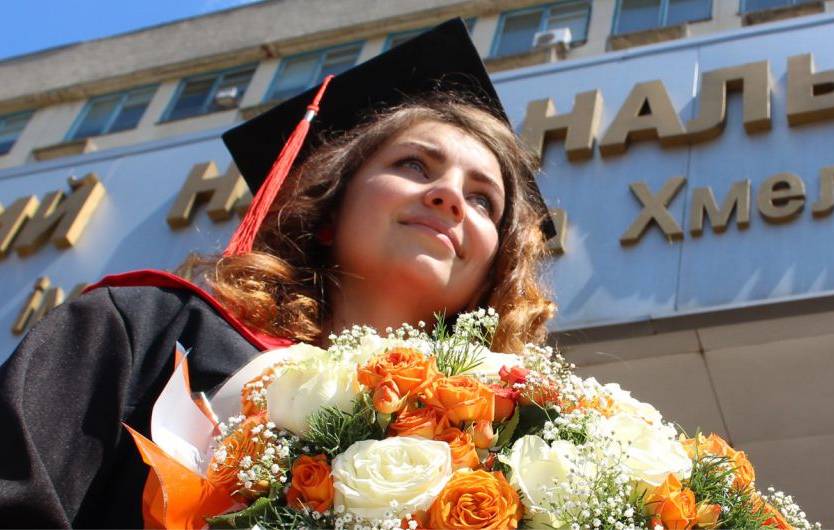On August 30, 2025, Bohdan Khmelnytsky National University of Cherkasy mourned the passing of its Honorary Professor, the outstanding American-Chinese scientist King-Ning Tu (1937-2025).
He was a senior colleague and close friend of Professor Andrii Husak, as well as a collaborator with the Department of Physics (co-author of more than 30 joint articles and monographs with Cherkasy physicists). At various times, he served as Head of the Solid-State Reactions Division at IBM, Chair of the Materials Science Department at the University of California, Los Angeles, President of the Materials Research Society of the USA in 1981, and an Academician of the Academia Sinica in Taiwan.
Andrii Mykhailovych shared his memories of his colleague:
“King-Ning Tu was born in southern China. At a young age, because of Mao Zedong’s war against Chiang Kai-shek, he ended up in Taiwan, where he studied and received his bachelor’s degree. As one of the best students, he was sent to the United States to continue his education. There he earned a master’s degree at Brown University, and ultimately, his PhD at the renowned Harvard University in 1968. His research on the early stages of cellular decomposition in alloys, conducted under the supervision of the distinguished scientist David Turnbull (and the corresponding two articles in Acta Metallurgica), immediately made him a well-known scholar, bringing numerous job offers after completing his postgraduate studies. He chose the then relatively unknown company IBM and, together with it, became a world-renowned applied physicist. Twenty-five years later, in 1993, doctors recommended that he and his wife move to a different climate, and he relocated to Los Angeles, accepting an offer to head the Department of Materials Science at UCLA (University of California, Los Angeles). After another 23 years, in 2016, already at the age of 79, he retired from UCLA, but could not imagine his life without science, and accepted offers to work as a professor in his homeland, Taiwan, and then in Hong Kong. He finally retired only in early July of this year, moved to his relatives in California, and just two months later, he died of pneumonia.
I first met Professor Tu in 1991 during the first major international conference (150 participants from the USSR and 150 from abroad) on a cruise ship on the Volga River a month and a half before the August coup and the collapse of the USSR. Then we met regularly at various conferences. Professor Tu even came to Cherkasy for our DIFTRANS conferences in 1998 and 2001. I visited him 10 times in Los Angeles, three times in Taiwan, and the last time in Hong Kong. In 2001, our scientific interests resonated, and from then on we worked together almost until his final days.
In my opinion, Professor King-Ning Tu was an outstanding scientist (h-index 78), with brilliant physics intuition, tremendous working capacity, and a broad, kind heart. All physicists of Cherkasy will always remember him. He often proposed new, interesting, and always timely physics problems, which later became research directions, including for Cherkasy physicists. In particular, his problems laid the foundation for the doctoral dissertation of Tetiana Zaporozhets, influenced the doctoral dissertation of Yurii Liashenko, and gave rise to the candidate’s theses of Oleksii Liashenko, Halyna Lutsenko, Nadiia Storozhuk, Yevhen Tatarchuk, and Nataliia Podolian.”
http://cdu.edu.ua/en/news-en/bohdan-khmelnytsky-national-university-of-cherkasy-pays-tribute-to-honorary-professor-king-ning-tu.html#sigProIdc07688dea5














